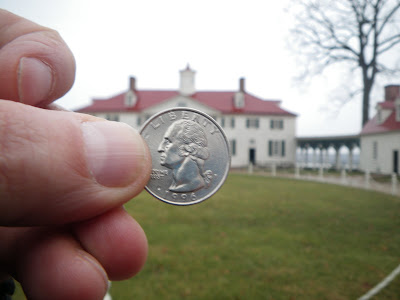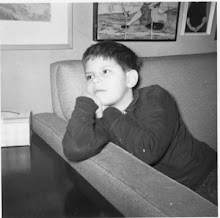


Berlin, Symphony of a Great City
A few notes by Jeff Scher
Jean Cocteau once said that Cinema captured death at work. I take that to mean that film, by definition, records time as it changes from the present to the past. Movies are instant histories; watching them is like looking through a window to the past. Berlin, Symphony of a Great City is a motion picture portrait of Berlin from dawn to midnight on a day in 1926 – a perfect window to that long gone time and place. While simple in concept, it manages to defy genre classification. It is a documentary composed of breathtakingly beautiful images of everyday events with the power to create the overwhelming sense of travelling through time for the contemporary viewer. It’s also an experimental film with its rhythmic editing and its ability to seamlessly combine the abstract with the representational. You could even make a case for the film being a narrative, telling the story of a city as protagonist and the transformations that times of day have upon it and its citizens.
The director, Walter Ruttman, was a painter who abandoned the canvas for the screen. His early films were among the first abstract animations ever produced. Berlin, in fact, opens with shots of light on water-waves before dissolving into a stunning, brief, abstractly animated overture to the film. Suddenly, we are launched down the tracks of an early morning train trip into Berlin. Short shots of the countryside peeling away, followed by factories on the outskirts, little gardens and clusters of shacks, then buildings, growing bigger and bigger, build excitement in anticipation, like a drum roll, until we are in the heart of the city. It’s five minutes of pure cinema, and only a taste of the epiphanies to follow.
The film is a catalogue of human activity in an urban setting. The fact that no single human character is followed makes it about humanity in general. It’s strange, as a New Yorker, to realize how much of the urban experience we share with these strangers; shopping, working, eating lunch, going out in the evening. Being urban is a kinship greater than nationality. There is a sense of things being the same but completely different that haunts you while watching the film. The cars are as alien as science fiction, but it’s just style and design that has changed. It’s as though you’ve travelled to a parallel universe where everything is generally the same, but completely different in detail. A poignant if horrifying subtext to the film is the fact that the we see in its prime will politically implode and be reduced to smouldering brick heaps within the lifetimes of most of its population.
The editing of the film is also amazing. No shot overstays its welcome in a brisk, inventive hour-long montage. The editing strategy varies from the painterly lyrical (everything moving along lines) to the musical (rhythms of composition), to narrative and social commentary (mini two-shot stories). Other montages work a more overt itinerary; men marching to a factory to work are intercut with cattle being herded to a slaughterhouse. It’s part of the joy of this film, that it employs so many different flavours of shot interactions, with each shot being so beautiful in its own right.
Ruttman and his principle cinematographer Karl Freund invented all sorts of ingenious methods of making their cameras invisible in the pursuit of raw screen reality. They used mirrors, trucks with holes cut in panels and even a hand held rig that involved an extra-large coast with prosthetic arms folded in front. While the camera sat on a tray strapped to the cameraman’s shoulders, his “real” hands were inside the coat cranking the film, unobserved in the midst of crowds and face to face with unsuspecting strangers on top of open buses. There is a uniquely un-self-conscious quality to footage shot this way, and it gives you the eerie feeling of invisibly being there, yourself, like the Angels from Wings of Desire.
Ruttman was a master of the medium. He worked with Leni Riefenstahl on the legendary Olympia. I suspect he had a huge influence on the film but I recall Ms. R mentioning and downplaying his input on her film in her self-aggrandizing (and pseudo-apologetic) autobiography. Ruttman himself went on to make more city symphony type work before dying on the Eastern front in 1941 while filming a W.W.II newsreel. Karl Fruend left Germany for Hollywood in the nick of time, where he won an Oscar for Cinematography on The Good Earth and later invented the two camera filming for “I Love Lucy” television series for which he served as cameraman.
Berlin, Symphony of a Great City is breathtakingly beautiful and endlessly rewarding, revealing new treasures with each viewing. My wife, in viewing the film, commented that Ruttman gives you the gift of his eye. I think of this film as a gift indeed. The spruced up print that Kino International has released on video is a treasure. The new score on this release, composed and conducted by Timothy Brock, captures the heart and rhythm of the film perfectly. It’s a model of silent film scoring and quite brilliant in its own right. It’s a gift to the film and viewer alike.
The Timothy Brock scored version can be found on dvd here
Amazon.com: Berlin: Symphony of a Great City: Walter Ruttmann: Movies & TV
A silent version can be viewed FREE on on the Internet Archive silent film site:








